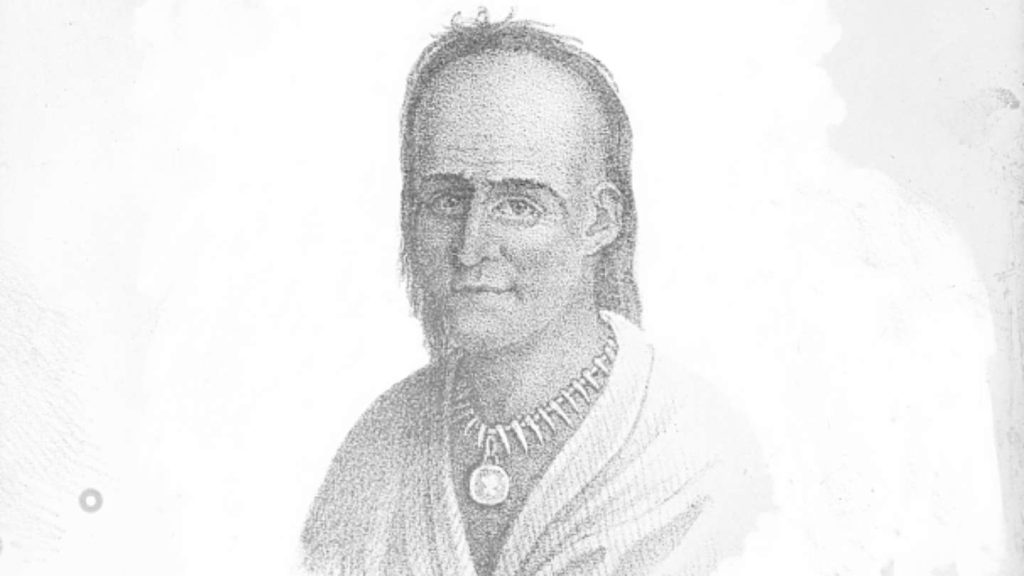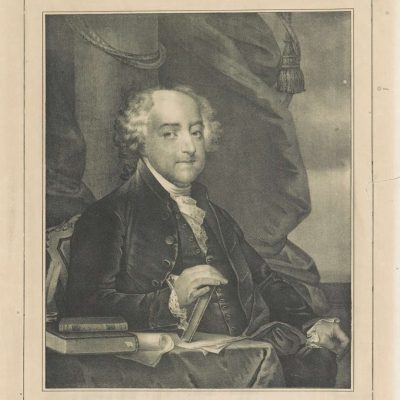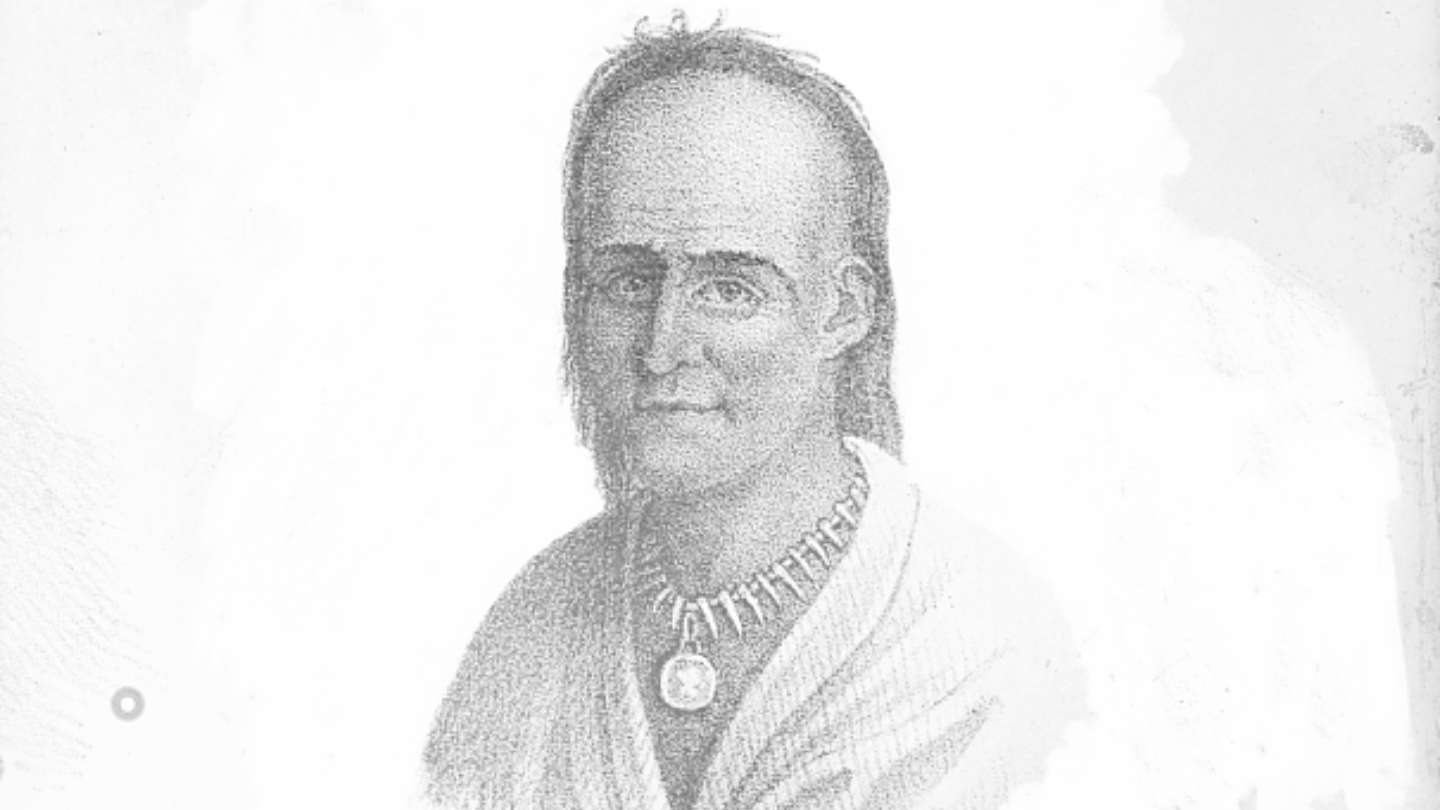
Westport Museum for History & Culture is in the process of a multi-year cataloging of its archival holdings with the aim toward making resource guides and finding aids available for research use. It is the museum’s goal to describe our historic records and holdings in a way that both accurately reflects the historic record while remaining respectful to those represented in the collections particularly those from underrepresented communities including Black, Indigenous, People of Color (BIPOC) and other marginalized groups. Despite this, researchers may come across language describing period records and within them that today we consider racist, xenophobic, homophobic, sexist and ableist in nature.

It is our goal to represent history precisely while describing our holdings we do not alter the names of agencies, organizations, titles of published works etc. that may contain offensive language because changing or removing the content would alter the historical record or one’s understanding of it. There may additionally be descriptive resources, created in the past, that in themselves because of their vintage provide historical context about their period but contain language today viewed as inappropriate. In no way does the presence of these descriptive resources within the collections imply agreement or support, tacit or otherwise, of the language in question. When writing abstracts, finding aids, summaries and item level meta-data we may use modern, culturally appropriate language to describe material that would otherwise be harmful or problematic, when it is not needed or without providing context.
As Westport Museum for History & Culture’s archival resources continue to be cataloged and organized, new descriptive material including Resource Guides, Finding Aids, Abstracts and more will strive to use terminology to describe communities reflected in the records as they describe themselves. We continually audit our methodology to reflect input and feedback from various BIPOC leaders and organizations so that we may make informed decisions about the terms we use.

